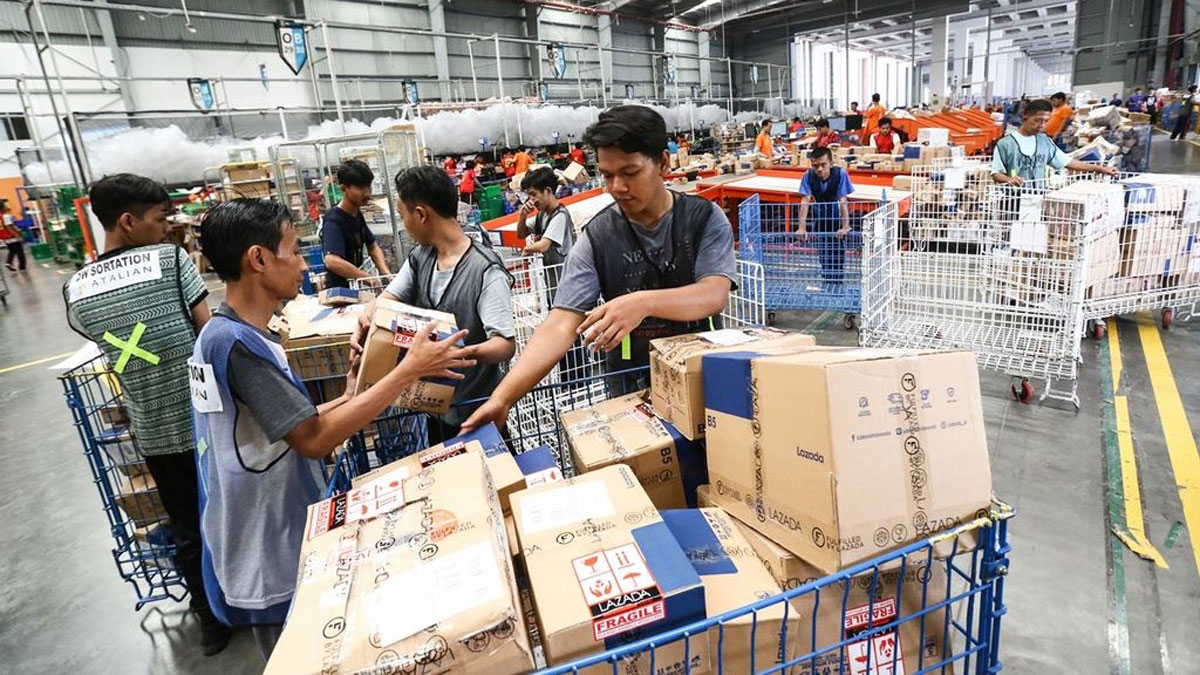The importance of services, including trade in services, to economic growth throughout the world and in every economy cannot be overstated. A recent report from the World Trade Organization (WTO) and World Bank Group identifies and emphasizes the importance of services to global trade, how regulations and policies can contribute to the growth of trade in services, and how economies can develop through trade in services.
At USTR, Smith led the formulation of US trade policy towards China, Hong Kong, Korea, India, Pakistan, and Thailand on issues related to intellectual property and innovation. She also assisted the Deputy US Trade Representative in developing trade and investment policy towards Asia and sub-Saharan Africa, including overseeing Trans-Pacific Partnership (TPP) negotiations. From 2009 to 2011, she was responsible for coordinating the Joint Commission on Commerce and Trade talks between the US and China. Earlier, Smith worked as a lawyer in Beijing and Hong Kong, focused on trade and capital markets.
This conversation has been condensed and edited for clarity.
How do we define services? Could you give us some examples?
The Trade in Services for Development report lists services sectors and sub sectors citing the GATT Services Sectoral Classification List (see p. 9, Figure 1). Common examples of services we encounter every day are food preparation and service in a restaurant, receiving a haircut from a barber, getting technical assistance from an IT specialist, and buying plane tickets from a travel agent.
Is it accurate to say that services generate more jobs than industry sectors like agriculture for example? What is the impact of services in different economies and in groups such as women and youths?
I refer you to pages 16-19 (Figures 3-5) of the report, which uses data from the International Labor Organization (ILO). The WTO and World Bank's analysis finds that depending on an economy’s income level, 31-75% of the working population is engaged in services. It is important to point out that in lower middle-income economies, industrial and agricultural jobs are still slightly in the majority and in low income economies, agriculture still accounts for a majority of employment. That said, the share of services employment in those economies is growing too. Services employment for women and youth is growing significantly over time; women are overwhelmingly employed in services in the high-income world; in lower income countries services employment for women is less but growing.
Where can foreign journalists find more information about the guide of how to use the WTO and World Bank report on Trade in Services for Development?
I am happy to answer questions about the "How to Use It" guide but would refer them to the authors of the Trade in Services for Development report or the report’s very comprehensive bibliography on pages 97-101.
***
This article was first published by ForeignPress.org.
© The Hinrich Foundation. See our website Terms and conditions for our copyright and reprint policy. All statements of fact and the views, conclusions and recommendations expressed in this publication are the sole responsibility of the author(s).









